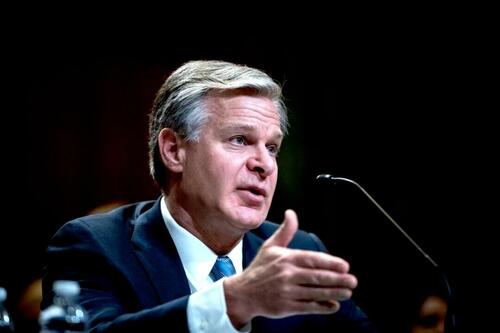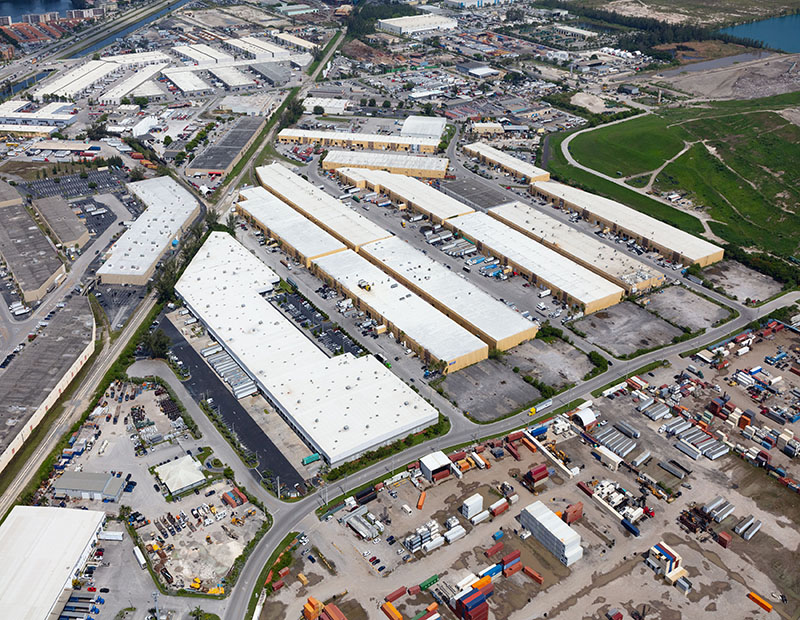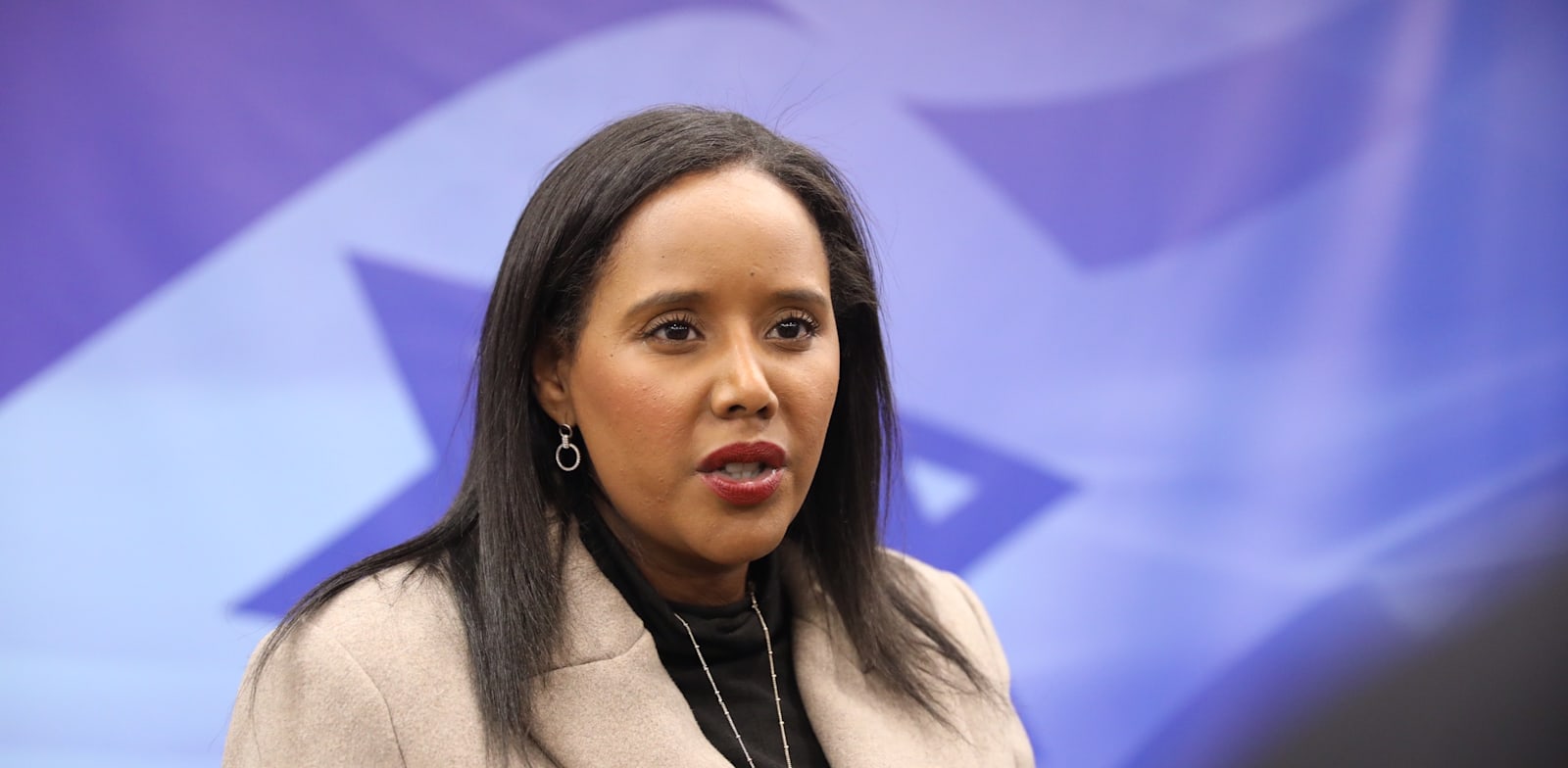Former Australian Prime Minister Kevin Rudd described China’s closely tracked easing of its contentious “zero-Covid” strategy as “crab walking” at a recent Bloomberg economy forum in Singapore.
Rudd, a Mandarin speaker and a “China hand”, knew what he was talking about: “Crab walking”, a Chinese idiom, which, according to one definition, means moving diagonally or sideways, typically in an awkward, even furtive manner.
It seems to sum up China’s dilemma as it struggles to implement the 20 tweaks to its Covid-19 control policy announced by President Xi Jinping earlier this month.
Within China, the tweaks mean a shortened quarantine from seven days in a state facility to five days, and three days at home for close contacts of positive cases, withdrawal of the reporting of secondary contacts, and limited or targeted mass tests.
As explained by the Communist Party of China (CPC)’s mouthpiece, People’s Daily, in an opinion piece, the government’s effort is to rectify the “excessive, one-size-fits-all” approach while “avoiding an irresponsible exit” or the “lying flat-approach”.
“It (the new approach) said that anti-Covid-19 measures should not be relaxed, but a ‘one-size-fits-all’ approach and local governments taking excessive policy steps should be avoided,” explained another State media article.
The changes, however, were announced at an odd moment — in the backdrop of a multiple city-driven, unprecedented and country-wide resurgence in Covid-19 cases including in Beijing, a city of nearly 22 million residents most of whose lives have ground to a halt in the past week.
The day the policy tweaks were announced, China logged over 10,000 cases, the highest daily rise in infections since April when Shanghai was struggling through its worst outbreak — and a most bruising lockdown — since the pandemic broke out in the central Chinese city of Wuhan in late 2019.
With most of the world having reverted to a pre-pandemic life, or a life where the Covid-19 virus is considered endemic, China is clearly struggling to implement its first steps toward easing of the “zero-Covid” policies in the backdrop of an Omicron-driven resurgence in infections in many major cities.
The government’s very-public indecision in first doing away with “zero-Covid” protocols, and then going back to the old rules within days in the northern city of Shijiazhuang is an example of China’s dilemma.
Shijiazhuang, the capital of Beijing’s neighbouring Hebei province, decided not to impose lockdowns and did away with mass testing after the 20 changes to the anti-Covid policies were announced.
The decision to ease Covid protocols was taken as a test case with few other cities also making similar calls. The reversal of the rules was widely, if cautiously, welcomed.
The changes implemented, however, turned out to be temporary.
As soon as Shijiazhuang recorded some 700 new Covid-19 cases by the middle of November, the local authorities panicked, asking most of the 11 million residents of the city to stay home for five days and undergo tests.
“The back-and-forth in Shijiazhuang reflects the dilemma facing local officials as they try to respond to new easing guidance from central authorities but still fear being held responsible for any new outbreaks,” the news website, Caixin reported.
Many local governments are still in the process of exploring how to properly implement the new measures, Zeng Guang, former chief epidemiologist of the Chinese Centre for Disease Control and Prevention, told the State-run tabloid, Global Times, in an interview on November 15.
“Understanding the measures is not difficult as they are simple and straightforward, but carrying them out properly is challenging, especially in places where Covid-19 cases are surging,” Zeng said in an unusually frank explanation.
Lower-level officials, however, do not want to take any chance as they are the ones who will be blamed if there is an outbreak under their jurisdiction: So, restrictions are still being implemented at the sub-district level without any clear announcements being made.
Meanwhile, the mounting costs of testing have put tremendous pressure on local governments’ budgets — an economic cost that must have been discussed and debated within the government.
“The price of nucleic acid testing is about 3.5 yuan ($0.49) per person for multi-person mixed tests and 16 yuan for an individual test. In a city with a population of 1 million, a test for each person every three days costs more than 7 million yuan ($983,000) a week,” the Caixin report said.
However, what would be playing on the minds of authorities is whether the country’s health infrastructure will be able to cope with a big rise in infection numbers if Covid restrictions are fully eased, especially now when China is already logging record-high infections daily?
“The proportion of the critical care unit (ICU) beds is seriously insufficient in China. According to the survey data from the Chinese Society of Critical Care Medicine, the ratio of ICU beds to hospital beds nationwide is only 1.65%, which means that there are only 3.43 ICU beds per 100,000 people. Certainly, when epidemic outbreaks such a large number of critically ill patients are huge challenges for any province or city,” three Chinese experts from the Chinese Society of Critical Care Medicine and the Zhejiang Hospital wrote in 2020 in a paper for the BMC science journal.
While the number of beds in hospitals per 1,000 population increased from 6.46 in 2020 to 6.70 in 2021, according to the national health commission’s report on China’s health care system — published this July — the government report did not give the number of ICU beds available in the country.
“A full reopening may lead to 5.8 million people being admitted to intensive care, overwhelming a health system that currently has less than four ICU beds per 100,000 people, far less than developed countries,” according to a report by Bloomberg Intelligence senior pharmaceutical analyst Sam Fazeli.
Which means, China’s exit from “zero-Covid” rules will be gradual and could stretch well into 2023.
Meanwhile, the situation on the ground is changing rapidly.
Large scale street protests have broken out in many cities in China where people are demanding an end to lockdowns and mass tests and a resumption of normal lives.
Last week, an essay, by an anonymous writer, asked 10 pointed questions on China’s response to Covid-19. It was widely shared on social media before being censored.
“More than 120 countries in the rest of the world have lifted their Covid restrictive measures,” was one of the questions asked in Chinese.
“Why should they lead freer lives than Chinese citizens?” the questioner said.
The ongoing Qatar football world cup, it seems, made many realise in heavily censored China that the world had moved on from Covid despite fresh cases and deaths.
“I did not see anyone sporting face masks at the Qatar World Cup opening ceremony and did not hear of any attendee showing proof of negative Covid tests; does this mean they live on a different planet from us?”
Interestingly, the “crab walking” phrase used by former PM Rudd also has another meaning even if the characters remain the same: It means acting in a “tyrannical” or “despotic” manner. Which, many feel, should not be the way the Chinese government deals with the protesters demanding the withdrawal of Covid-19 rules.
Sutirtho Patranobis, HT’s experienced China hand, writes a weekly column from Beijing, exclusively for HT Premium readers. He was previously posted in Colombo, Sri Lanka, where he covered the final phase of the civil war and its aftermath, and was based in Delhi for several years before that
The views expressed are personal
















